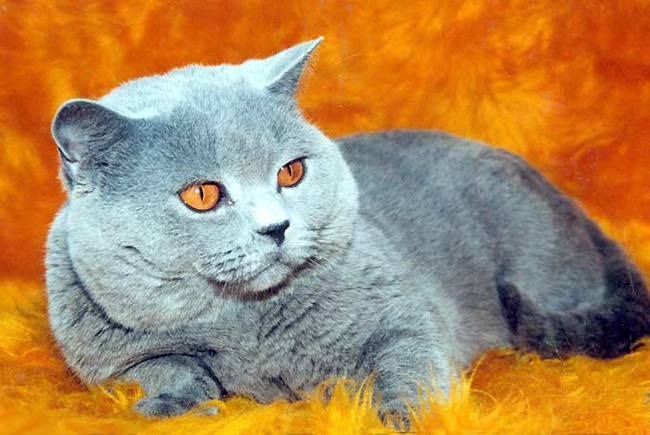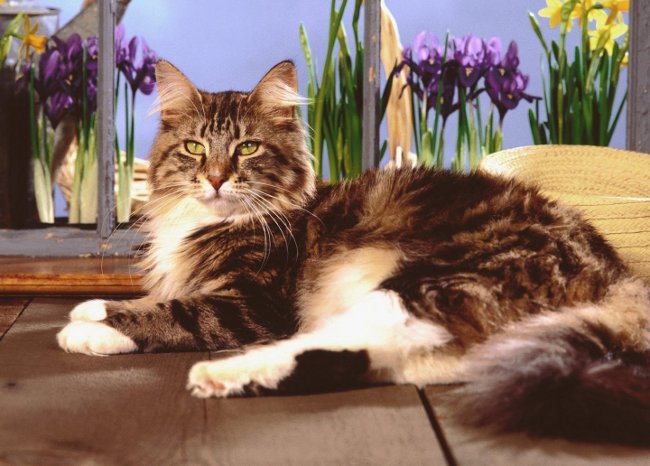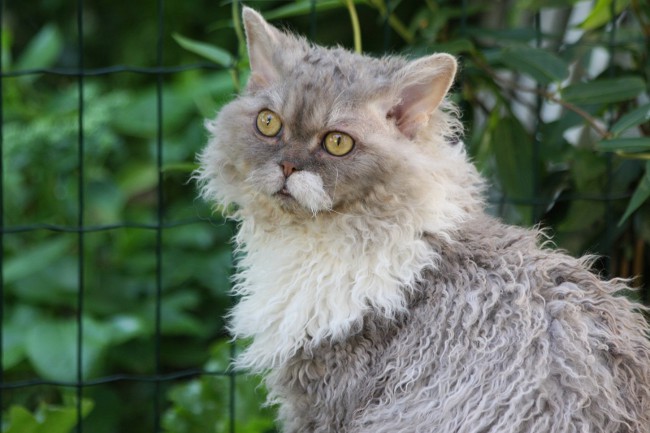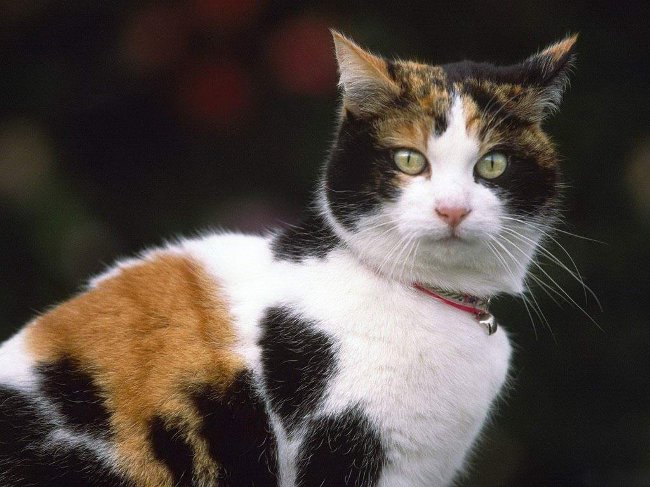British Purple
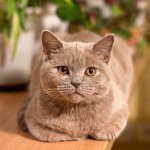 Many lovers of cats prefer to startBritish: graceful and beautiful animals that can boast of wonderful colors: chocolate, blue, marble, black, white, tortoiseshell, cream ... There are many unusually beautiful British cats, but among them a special place is taken british purple.
Many lovers of cats prefer to startBritish: graceful and beautiful animals that can boast of wonderful colors: chocolate, blue, marble, black, white, tortoiseshell, cream ... There are many unusually beautiful British cats, but among them a special place is taken british purple. Have received purple color of the British, or simplyLilak, as it is also called, quite recently. And all for the reason that it is very difficult to bring kittens with lilac hair color. It's all about the uniqueness of the purple color of the British. Look at the cat's fur: it seems bluish-pinkish color, which is very similar to the lavender shade. And you can get such an unusual color only with the help of chocolate and blue cats.
Breeders had a very long time to try to get this unique color. The thing is that lilac color gene in the British is recessive. The same can be said about the genes of chocolate andblue colors. This means to get similar colors, recessive genes must be paired with other recessive genes. In the case of a pair of recessive + dominant gene, the recessive gene simply does not show itself. What relation do recessive genes of chocolate and blue colors have to the British purple? The most immediate: to obtain a lilac color, requires a recessive chocolate color gene and a weakening gene (dilute), which is inherent in cats with a blue color. So that the British purple could boast of its unusual coat color, her parents should have both of the above-named gene, otherwise nothing will come out.
Purple British cat is different uniformity of coat color: on the body there is not a single place where there would bebright spots, which is often found on the stomach of animals. The hair of the wool is evenly colored throughout the entire length. Nevertheless, the British purple has a more light undercoat. But even this does not in any way affect the color of the coat. Note that in the British purple mirror of the nose, the mucosa edging and the paw pads are also very similar to the color of the wool, though they have a more bluish tinge.
In the color of British purple there can be no stains. But do not be scared if you see speckson the coat of a kitten. Just kittens are allowed residual marks on the wool. Over time, the marks will disappear, and the adult British purple will show its beauty. If the marks have not disappeared, then their presence in an adult cat is considered a disadvantage. Of course, with such color the cat will not be able to take part in the exhibitions, but you will not become less fond of your animal.
And now about the color of the eyes. British cats of lilac color have eyes of yellow shades. Most prevails copper color, but also there are cats with orange and gold color of eyes.
Even though the British purple has its own specific color, the color intensity can fluctuate from animal to animal. Therefore, within the color there are three colors: lavender, lavender and isabel (it is lighter than purple). Isabella color has its own history of origin. Named this color in honor of the French Queen Isabella of Bavaria, who swore not to take off her shirt until her husband returned from the campaign. When the king returned, the queen's shirt was a grayish-light tone, which the colorists called Isabella.
British lilac cat is very beautiful animal, which at exhibitions has a special success. Yes, and contain such an animal at home - continuouspleasure. It is a mobile, intelligent cat that loves to run, climb tall trees. In general, British purple is quite independent. Kittens British purple is very mobile and active, constantly played. Also, the British purple is distinguished by its affection and affection for the owners. In general, these are undemanding animals, however, this can not be said about food. In this matter, the British purple is very scrupulous and requires only the best food.

